We may earn money or products from the companies mentioned in this post. This means if you click on the link and purchase the item, I will receive a small commission at no extra cost to you ... you're just helping re-supply our family's travel fund.
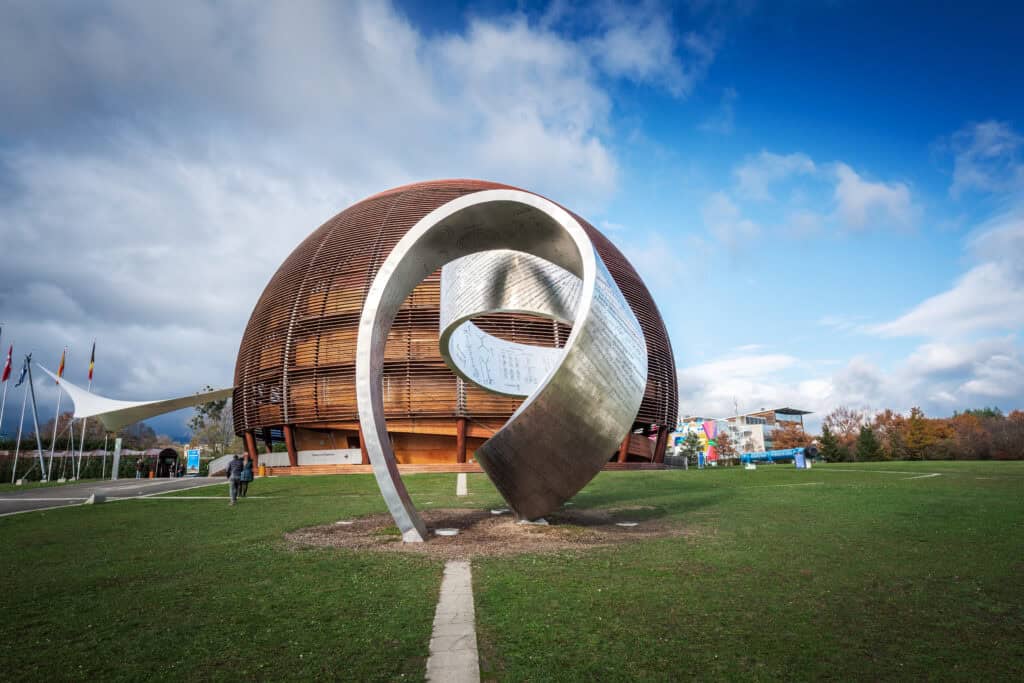
Innovation hides in workshops before it reaches bright halls, and the best museums refuse to separate the mess from the miracle. They stage failures beside breakthroughs, show tools worn smooth, and credit teams as well as stars. Paths move from steam to silicon, from hand sketches to code, and visitors see how ideas gather allies. What this really gives is context. Inventions become daily life explained backward, with clear links between problems, materials, and the people who keep iterating.
Smithsonian: Lemelson Center And Invention Galleries, Washington, D.C.

Inside the National Museum of American History, the Lemelson Center treats invention as a habit, not a headline. Patent models sit beside rough prototypes, and hands-on stations walk through cycles of testing and redesign. Nearby galleries link ideas to markets, wages, and advertising, which keeps stories grounded. The tone is patient and practical. Collaboration, failure, and small improvements carry as much weight as eureka moments, and visitors leave with a playbook, not a pedestal.
Science Museum: Making The Modern World, London
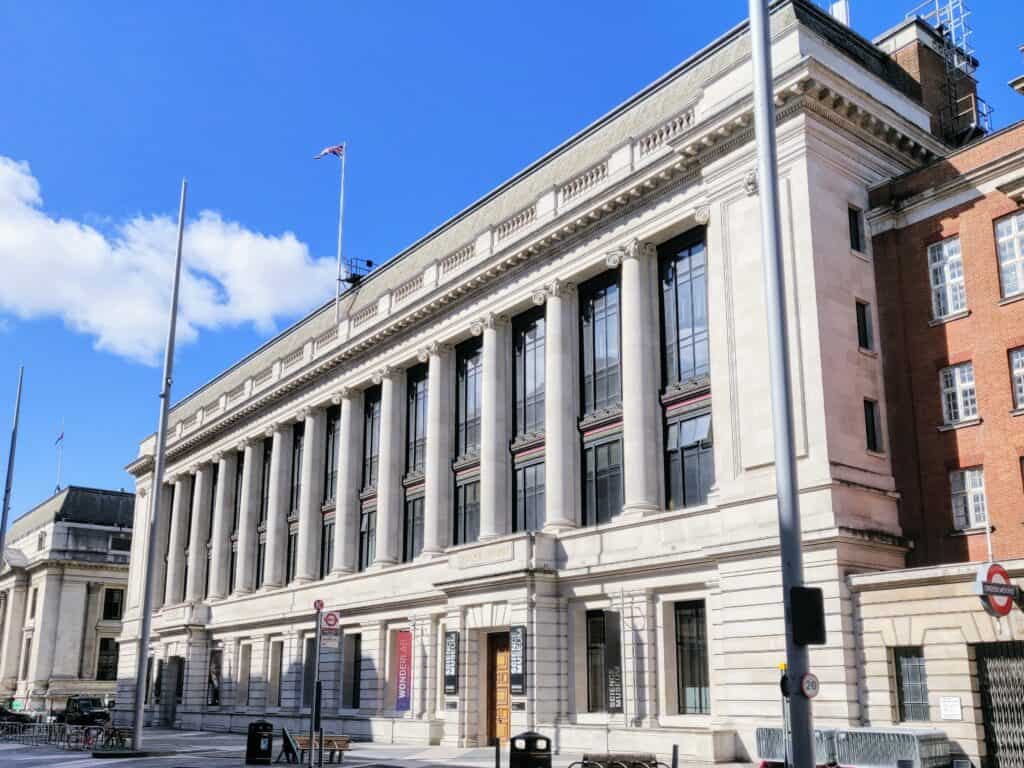
One luminous hall threads two centuries into a single conversation. Early locomotives share space with medical breakthroughs and early computing, each labeled with consequences, not hype. The surrounding labs keep history talking to today’s robotics and energy debates, so engines and algorithms feel like parts of one long arc. What lands is scale and speed. British industry, global trade, and kitchen life evolve side by side, making change legible without drowning anyone in jargon.
Deutsches Museum: Historic Workshops, Munich
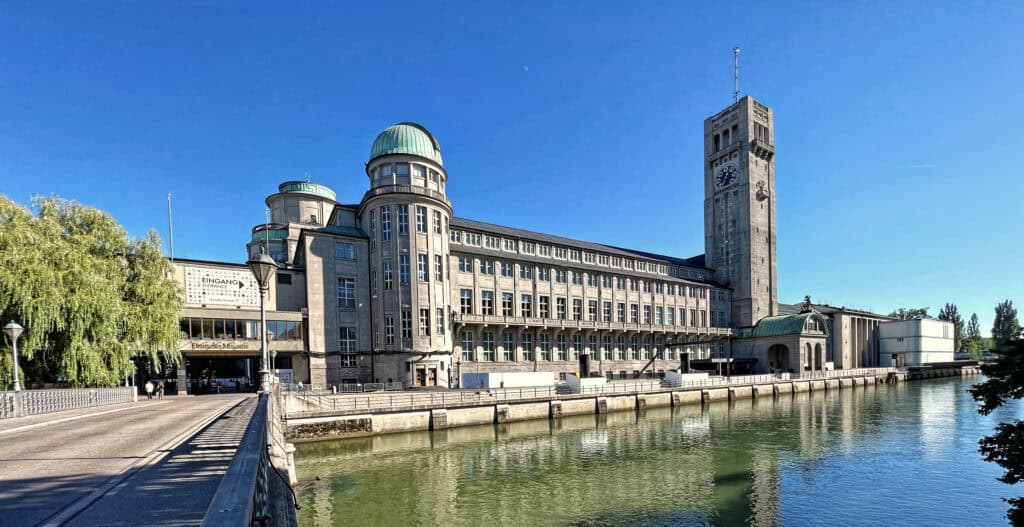
This vast complex plays like a city of disciplines. Mining tunnels, optics benches, and electricity halls put tools in reach and smells in memory, so concepts stick. Demonstrations show principles in motion without theatrical fog, while river islets host civil engineering under open sky. Cross sections explain turbines better than paragraphs ever could. Hours stretch productively here. A visitor leaves with materials in the mind’s hand and a calmer respect for craft.
The Henry Ford: From Workshop To Assembly Line, Dearborn

Dearborn maps the jump from bench work to mass production with clear eyes. Greenfield Village relocates labs and machine shops, while the main museum lays out engines, assembly stories, and the suburbs that followed. Patents meet paychecks and highways in the same breath. It avoids easy nostalgia and shows systems thinking with artifacts anyone can understand. A short walk links a Model T to an early robot arm, collapsing a century into a useful lesson.
Museum Of Science And Industry: Coal Mine To Codes, Chicago

MSI turns curiosity into movement. A descent into a recreated coal mine makes risk, weight, and noise tangible before galleries pivot to genetics, design challenges, and computing. The shift reads like adaptation across eras, not a jump cut. Iconic pieces, from a captured submarine to early spacecraft, anchor teamwork and error budgets. Exhibits feed one another, so big machines never float away from living science or the households that rely on it.
Miraikan: Emerging Science And Innovation, Tokyo

Miraikan looks forward with both feet on the ground. Human-scale demos unpack networks, robotics, and medical sensing, while a data sphere renders earth systems with unsettling clarity. Guided talks center choices and tradeoffs instead of cheerleading. Prototype robots share floors with citizen science, disaster lessons, and aging society solutions. The effect is steady optimism. Technology appears as a civic habit, built by communities as much as by labs.
Cité Des Sciences: Hands-On Futures, Paris
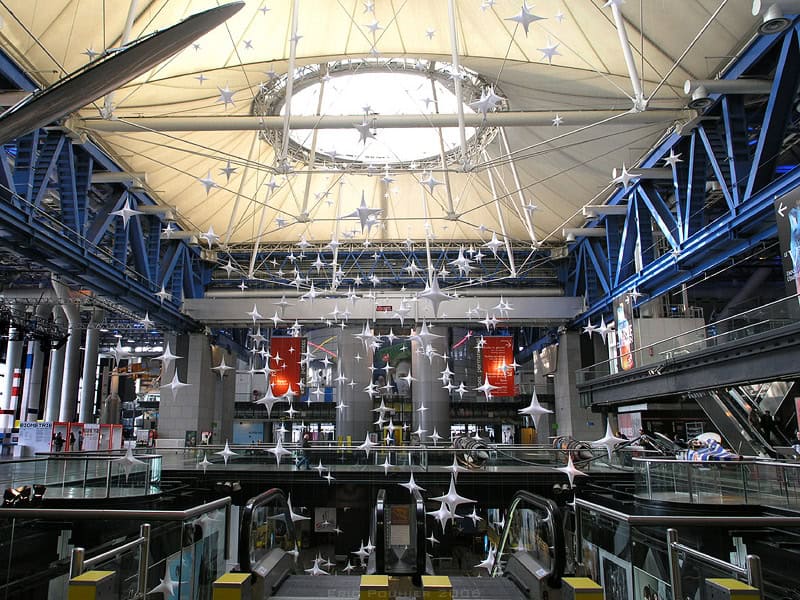
Paris frames energy, transport, and digital culture with maker spaces that expect use, not just applause. Interactives model traffic, air quality, and green roofs, turning urban design into visible rules. Rotating shows keep pace with climate tech and mobility shifts, while the planetarium resets the stakes with a wide sky. It feels generous and direct. Curiosity gets a clear path, and attention earns real understanding without a lecture tone.
NEMO Science Museum: Everyday Engineering, Amsterdam
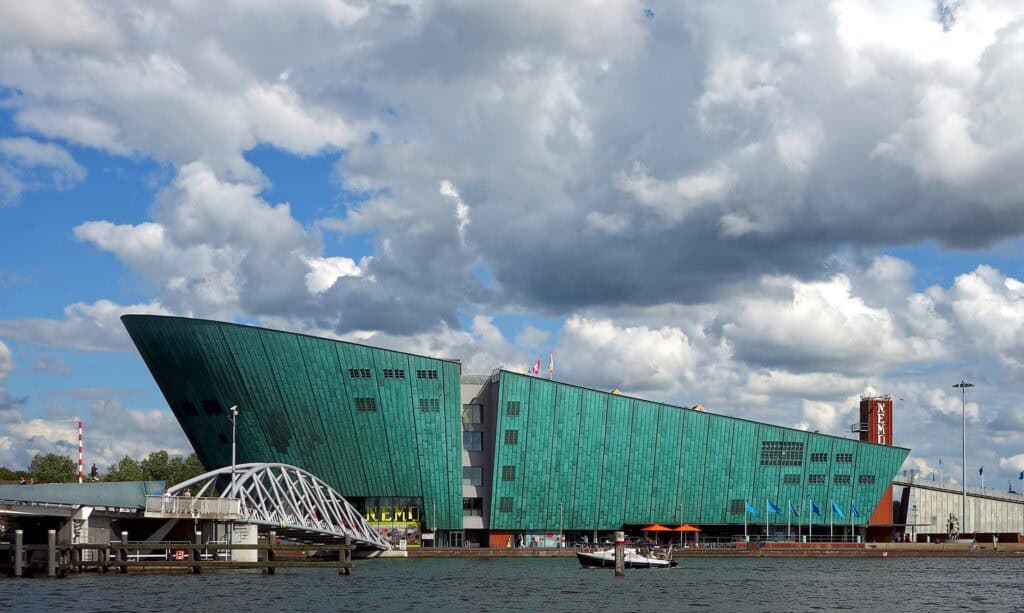
Under a copper roof, NEMO translates physics into kitchen logic and canal wisdom. Levers lift friends, circuits light tiny neighborhoods, and water locks make the country legible at child height. Labs encourage tinkering with code and materials instead of peeking through glass. The rooftop view returns all those lessons to the city below, where bikes and bridges close the loop. The message is durable: try something, watch what happens, then improve.
Museo Galileo: Instruments And Ideas, Florence
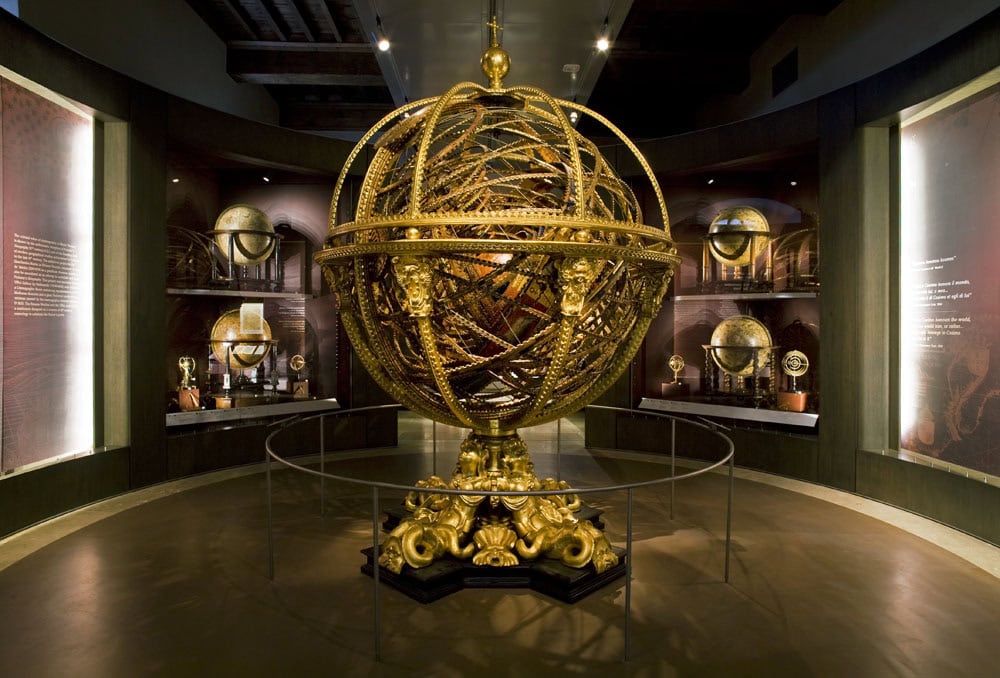
Florence treats instruments as arguments written in brass and glass. Telescopes, astrolabes, and thermometers map how measurement disciplines thinking and lets invention compound. Multimedia maps trace networks of makers, patrons, and printers, proving genius needs suppliers and trust. The galleries feel calm, exact, and humane. Techniques share the stage with objects, so past knowledge stays readable to modern eyes without varnish or sentimentality.
CERN: Globe Of Science And Microcosm, Geneva
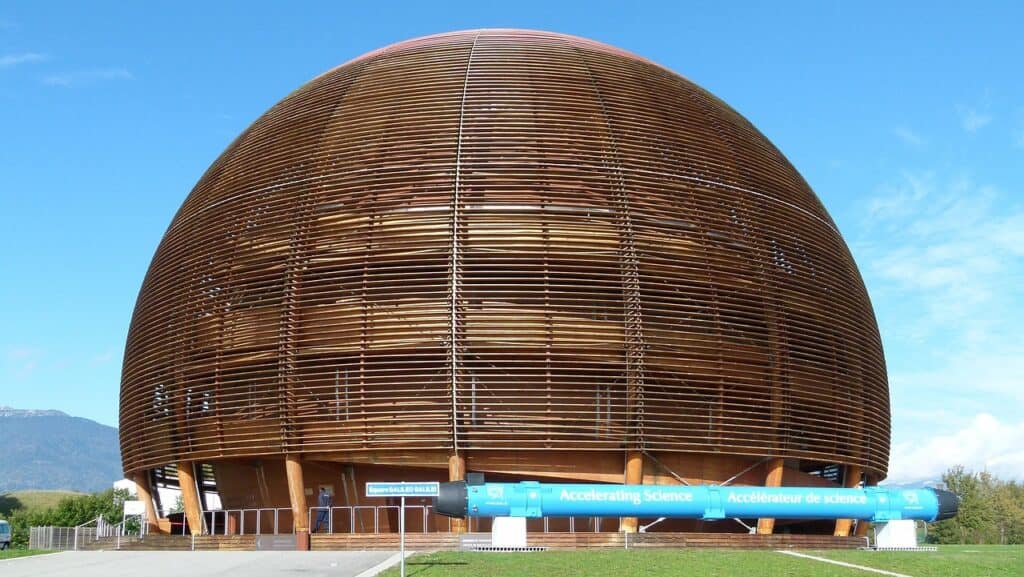
CERN’s visitor spaces convert particle physics into human-scale clarity. Detector parts and consoles sit beside immersive media that explain why smashing beams answers questions about matter, time, and the universe. Tours, when running, turn corridors into stories of collaboration across dozens of countries. Exhibits highlight upgrades and versioning, so invention looks alive rather than finished. Curiosity leaves sharper and heavier, which is a very good souvenir.